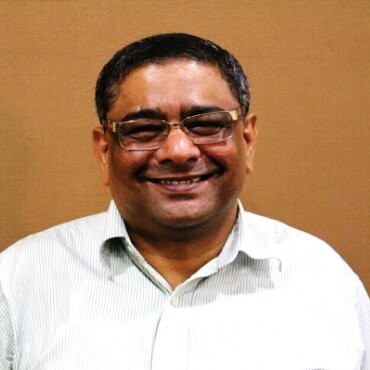Delivering his Independence Day address in 2021, Prime Minister Narendra Modi announced opening the gates of Sainik Schools in every state for girls. Sainik Schools are like regular schools preparing students for their school- leaving exams except that there is a lot of emphasis on sports, physical fitness and the cultivation of other qualities necessary for military life. Some of them are decades old and these schools have traditionally supplied a chunk of the cadets that get admitted to various academies training service offices. Earlier in the month, the Supreme Court directed the opening of the gates of the much-admired National Defence Academy (NDA), which imparts graduate- level training, to young women. With this, not only have the doors been thrown open for women to gain permanent commission in the Indian Army, Air Force and Navy, the decision has long-term implications for the future of women in the armed forces. In the subsequent NDA exam in November 2021, 30,00,000 boys and 1,77,000 girls appeared for the written examination for NDA, demonstrating the pent up demand among women.
The verdict was not taken well. The Supreme Court had earlier ruled that women could serve as army commanders further granting permanent commission and promotions equal to their male counterparts. The position of women in the armed forces, in the male-dominated establishment generally, has offered limited opportunities to women. The late Chief of Defence Staff , Gen. Bipin Rawat received some angry responses in his time for saying that the Indian forces are not prepared for having women officers in combat roles. In an interview published by News18, he had underlined the complications that could potentially arise by having women on the front line. He raised some points to ponder, such as women having the lion’s share of the responsibility of raising kids — what happens to the children when their mothers are posted to remote areas, and more pertinently, are we as a nation, ready to see women return in body bags? It was evident that the real issue was not whether women will make effective fighters equal to their male counterparts, but the chaos their presence might evoke in a hyper-masculine environment. The reality is that if women are allowed in combat positions, they might face a far greater threat of sexual violence from fellow officers than shelling from the enemy.
An argument that has been consistently made is that considering people manning the borders already have the tough job of protecting the country in harsh climatic conditions, they need all the focus they can muster. National security cannot be compromised for an attempt at gender equality. Most jawans come from villages where intermingling of the sexes is limited and they simply do not have the bandwidth to see women in their midst as equals. At the same time in the Indian context, it is also crucial to recognise that child-rearing and nurture is largely the woman’s job and until the men don’t start actively participating in household duties, women cannot logically pursue careers as fighters. Women soldiers are in case already doing a fabulous job in police, CRPF and other paramilitary forces including ITBP which have deployed women soldiers in high altitude and borders where they have served successfully. No major issues have been noticed there given that the personnel are drawn from the same population pool.
The role of women in the Indian Army began in 1888 when the ‘Indian Military Nursing Service’ was formed during the British Raj but it was only in 1992 that the organisation opened doors and started inducting women in non-medical roles. as short service commission (SSC) officers. The scheme initially allowed for a five-year service period, which was revised to 14 years. In 2015, the Services also opened up new combat air force roles for women as fighter pilots. However, despite all these developments, the women in the Indian armed forces that constitute 3% of the Indian army are still not allowed to be a part of the active combat.
During the freedom struggle, the Rani Jhansi Regiment of the Indian National Army , the first all-female infantry fighting unit in modern military history, was created in Singapore in July 1943 by Netaji Subhas Chandra Bose to liberate India from British colonial oppression. These women soldiers were trained for deployment in the hostile terrain of steamy jungles of Burma, a challenging assignment for any soldier, during the last two years of World War II. It is a different matter that they could not actually face the enemy. In July last year, minister of state for defence Ajay Bhatt told the Rajya Sabha that the defence forces are short of 9,712 officers and over 1.09 lakh soldiers, airmen and sailors. Currently, women constitute just 0.56% of the Indian Army’s total strength. For the Navy, this figure is 6.5%, while it is 1.08% in the case of the Air Force. Among other things inducting women will at least partly offset the shortage as men are increasingly getting drawn towards corporate careers instead of the once glamorous armed forces. It will also provide opportunities for girls from all strata of society, especially from the hinterland.
We are all aware that in these times, battles are not going to be primarily fought on tanks or in the trenches. Physical fitness and attributes will remain relevant but will not be enough to equip future soldiers. Technological prowess, intelligence, and cognitive skills are the critical attributes in a modern battlefield. Future wars will be fought by commanders sitting on computer consoles in physically displaced zones with a capability to quickly assess the situation and make the best decisions. These qualities are gender agnostic and give no particular advantage to men. Thus given the evolving nature of warfare, the debate is no longer on gender ability but of performance, opportunity, and providing women an equal opportunity and a fighting chance. The signs in recent years are encouraging in india but a lot still remains to be done.

